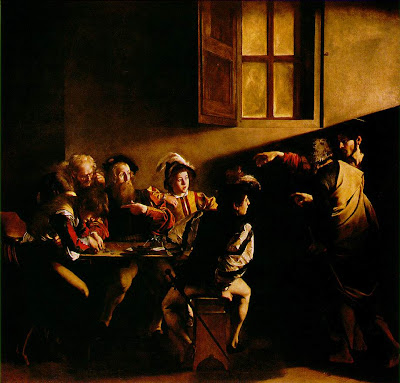Slide IDs
Venus de Milo, unknown artist, Hellenistic period
Luncheon on the Grass by Edouard Manet, Naturalism
The Rouen Cathedral by Claude Monet, Impressionism
A Sunday Afternoon on the Island of Grande Jatte by Georges Seurat, Post-Impressionism
Still-Life with Apples by Paul Cezanne, Post-Impressionism
The Scream by Edvard Munch, Expressionism
Woman with the Hat by Henri Matisse, Fauvism
The Ladies of Avignon by Pablo Picasso, Cubism
Nude Descending a Staircase #2 by Marcel Duchamp, Futurism
Improvisation No. 30 (Cannons) by Wassily Kandinsky, Non-Objectivity
The Fountain by Marcel Duchamp, Dada
The Two Fridas by Frida Kahlo, Surrealism
Terms
montage maquette
contrapposto gelatin silver process
Impressionism documentary film
lost-wax process calotype
resolution Fauvism
pixel Surrealism
daguerrotype Pictorialism
cinematography assemblage
photogram persistence of vision
CDs/DVDs Expressionist film
Other Areas of Study for Multiple Choice, Short Answer and Essay
Rashomon by Akira Kurosawa
Citizen Kane by Orson Welles
Battleship Potemkin by Sergei Eisenstein
leaders of the Pictorialist movement
the work of Frida Kahlo
the work of Cindy Sherman
example of earthworks
Wassily Kandinsky and Non-Objectivity
the founders of photography
the three non-silver printmaking processes
advantages/disadvantages of film photography vs. digital photography
the significance of Manet’s Luncheon on the Grass
Venus de Milo by an unknown artist, Hellenistic Period
Luncheon on the Grass by Edouard Manet, Naturalism
The Rouen Cathedral by Claude Monet, Impressionism
A Sunday Afternoon on the Island of Grand Jatte by Georges Seurat, Post-Impressionism
Still-Life with Apples by Paul Cezanne, Post-Impressionism
The Scream by Edvard Munch, Expressionism

















